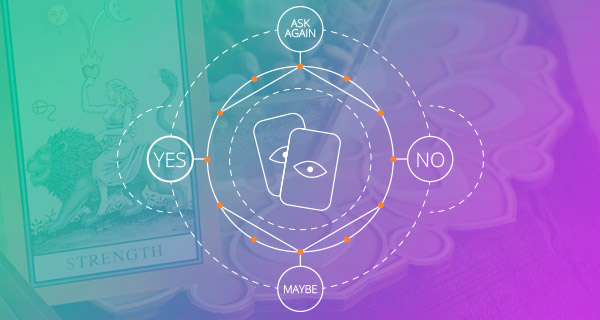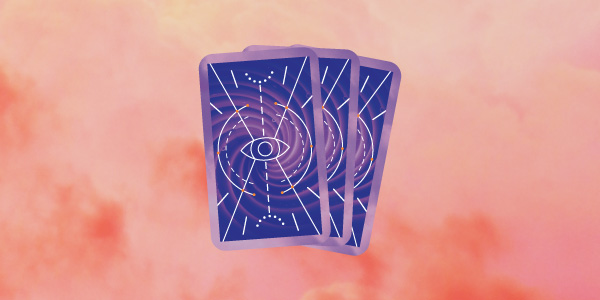We’ve learned how to identify the various suits in the Mah Jongg deck, now let’s turn to the next unique set of cards: the Honours cards. These cards can be compared to the Major Arcana in Western playing cards, where three court cards are reserved for each suit. However, in the Mah Jongg Oracle, the Honours cards do not represent any one suit, but rather, belong to all three.
The seven Honours cards are as follows: East, South, West, North, Commence, Centre, and White. The directional cards appear to be auspicious when they appear in their respective positions. For instance, South in the south position indicates success. To illustrate one other card in this suit, the Centre represents the fixed position, or earth.
Placement of the cards, such as in the Western Tarot, is integral to their meanings. For illustrative purposes, let’s look at the “White” card in the Honours card suit. Originally an “extra” card, it eventually became a card in its own right. Being completely blank, this card can represent the great unknown, or on another level, it can mean an analogy to a blank piece of paper waiting to be written on, or a young life waiting to be lived, etc.
When this card appears in the center position, it should be interpreted in a mystical sense. For instance, the querent has psychic gifts. When appearing in the north, it means a new and much happier life awaiting the querent. When appearing in the east, it indicates an interest in all things occult.
When beginning to read a spread, there is a precise way of choosing the cards. Chinese beliefs indicate that the table should be placed in a north/south direction, while the querent and the diviner should sit in an east/west position. In keeping with Feng Shui beliefs, no posts, beams or doors should be in a direct line with the table. The querent deals the cards until his/her energy is immersed within the deck. They then push the cards (still unturned) to the edge of the table, leaving the center area clear. Next the querent draws thirteen cards from the many, creating an “island of cards within a lake,” according to Chinese tradition. Next the querent pushes three cards toward the west, east, north, and south. The remaining card is left in the center position.
The cards are left unturned, until they are read. Generally, the two outside cards within each group are read first. In the East grouping, the outside cards represent the surface personality, while the inner card represents the real self. In the West, the outer cards signify problems and obstacles, while the inner card reveals the solution. Cards are read in an anti-clockwise direction with the East revealing the querent’s personality, the South, the near future, the West, the objective, and the North, the outcome.
Although seemingly complicated, the cards are accurate and well-worth any attempt at reading them. My deck has beautiful symbols on it, and as an artist, I absolutely love and appreciate it! A reading from the Mah Jongg Oracle is usually more appropriate for longer readings of a half hour or more.



One thought on “How To Read Mah Jongg Part 2”
Hey Corrine,
I, too, enjoyed our reading 🙂 Glad you’re letting the grumpy one be negative on her own~!
Let me know how the card readings go. I really luv those little cards~!
Much luv & lite~!
Ariel